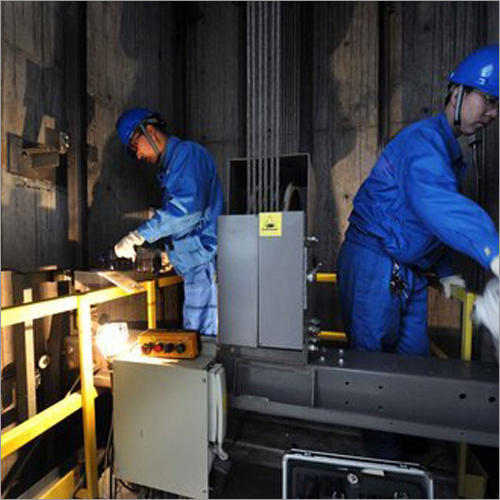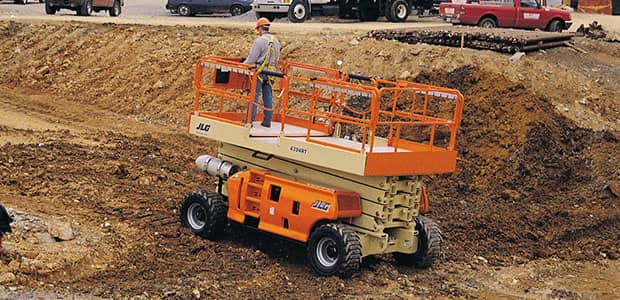Economical Lift Maintenance Services in London: Top Lift Repair Companies Near Me
Economical Lift Maintenance Services in London: Top Lift Repair Companies Near Me
Blog Article
Comprehensive Overview to Elevator Systems and Their Maintenance
Browsing the elaborate globe of elevator systems and their upkeep is a task that requires accuracy and understanding. From the numerous types of lift systems in usage to the precise adherence to safety laws, the upkeep of these upright transportation devices is a complex endeavor.
Types of Elevator Equipments
The most usual kinds consist of hydraulic lifts, traction lifts, machine-room-less elevators, and vacuum elevators. Hydraulic elevators are suitable for low-rise structures and make use of a hydraulic piston to relocate the elevator auto. Machine-room-less lifts are a space-saving alternative as they do not need a separate device room for the lift equipment.
Each kind of lift system has its own benefits and negative aspects, making it critical for structure owners and developers to thoroughly consider their specific demands prior to choosing the most ideal alternative. Elements such as developing height, space schedule, energy efficiency, and spending plan restrictions all play a considerable role in establishing the very best elevator system for a particular structure.
Usual Upkeep Problems
Normal upkeep of lift systems is essential to ensure smooth operation and prolong their life expectancy. Regardless of routine maintenance, lift systems can still come across typical maintenance problems that require to be immediately dealt with to avoid disruptions in service. Normal examinations and aggressive upkeep can assist recognize and settle these usual upkeep issues prior to they intensify and affect the overall performance of the elevator system.
Security Regulations and Compliance
Complying with stringent safety policies and guaranteeing compliance with industry standards are extremely important for keeping the functional honesty of lift systems. Elevators are subject to a comprehensive collection of safety and security policies to safeguard guests, upkeep workers, and the general public. Regulative bodies such as the Occupational Safety and Wellness Management (OSHA) in the United States and the European Lift Organization (ELA) in Europe establish standards that cover numerous elements of elevator layout, upkeep, setup, and procedure.
Conformity with these laws is not just a lawful requirement yet likewise an ethical obligation for building proprietors and lift maintenance business. Failing to meet security criteria can result in fines, lawful liabilities, and, most significantly, threaten the safety of individuals utilizing the lift. Regular evaluations, upkeep checks, and adherence to safety and security protocols detailed in the laws are important to make sure the effective and risk-free procedure of lift systems. By focusing on safety guidelines and conformity, stakeholders can promote the trust of the general public and mitigate potential dangers linked with lift use.
Finest Practices for Upkeep

Structure owners must additionally consider spending in modernization upgrades to boost the effectiveness and safety of their elevator systems. By following these finest techniques, elevator systems can operate efficiently and safely, supplying trusted get more upright transportation for occupants.

Advanced Technologies for Performance
Implementing sophisticated innovations in elevator systems can dramatically improve operational performance and traveler experience. These systems allow guests to input their desired flooring before getting in the elevator, which after that guides them to the most effective vehicle.
Moreover, the combination of clever sensors and anticipating maintenance capacities has changed elevator maintenance. These sensors can find potential problems prior to they escalate, allowing proactive maintenance treatments and minimizing downtime. In addition, using regenerative drives and energy-efficient parts helps in reducing power consumption and operating expenses in lift systems.
Furthermore, the implementation of cloud-based tracking and remote diagnostics permits for real-time tracking of lift efficiency and immediate troubleshooting of any malfunctions. This aggressive strategy not only enhances system dependability yet also enhances the general customer check this experience by making certain smooth and undisturbed lift operations.
Conclusion
To conclude, recognizing the various kinds of elevator systems, common maintenance problems, security laws, ideal maintenance techniques, and advanced innovations for effectiveness is vital for making certain the smooth procedure of lifts. By sticking to safety and security regulations and executing best practices for upkeep, building owners can lengthen the life-span of their lift systems and make certain the safety why not try here and security of guests. It is very important to stay upgraded on the most up to date developments in elevator innovation to enhance effectiveness and dependability.
The most typical types include hydraulic elevators, traction elevators, machine-room-less elevators, and vacuum elevators. Hydraulic elevators are optimal for low-rise structures and make use of a hydraulic piston to move the elevator car. Machine-room-less lifts are a space-saving alternative as they do not need a separate equipment space for the elevator machinery. Normal assessments and positive maintenance can aid determine and deal with these usual upkeep issues prior to they intensify and impact the total performance of the lift system.

Report this page